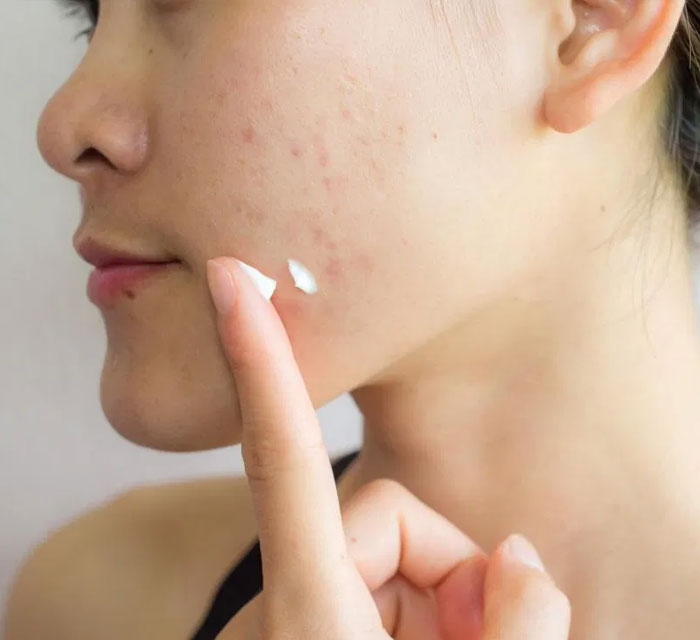Acne Scar Removal
Laser treatment for acne scars aims to minimize the appearance of scars from old acne outbreaks. Ninety-five percentTrusted Source of people who have acne have some residual scarring.
Laser treatment for acne scars focuses light on the top layers of your skin to break up scar tissue. At the same time, the treatment encourages new, healthy skin cells to grow and replace the scar tissue.
While this treatment doesn’t completely remove acne scars, it can reduce their appearance and also minimize pain caused by them.
If you have active acne, a darker skin tone, or very wrinkled skin, you might not be a good candidate for this treatment. Only a dermatologist can tell you if laser treatment for acne scars is a good course of action for you.
How it works
Laser treatment for acne scarring works in two ways.
First, heat from the laser works to remove the top layer of your skin where a scar has formed. As this top layer of your scar peels off, your skin appears smoother, and the appearance of the scar is less noticeable.
As the scar tissue breaks apart, heat and light from the laser also encourage new, healthy skin cells to grow. Blood flow is drawn to the area by the heat of the laser, and inflammation is reduced as blood vessels in the scar are targeted.
All of this combines to make scars look less raised and red, giving them a smaller appearance. It also promotes the healing of your skin.
Procedure
Some common kinds of lasers used for acne scarring are erbium YAG lasers, carbon dioxide (CO2) lasers, and pulsed-dye lasers. Each of these devices work in a specific way to target the type of scarring that you have.
Ablative laser resurfacing
Ablative resurfacing uses an erbium YAG or carbon dioxide CO2 laser. This kind of laser treatment aims to remove the entire top layer of your skin in the area where you have scarring. It can take 3 to 10 days before the redness from ablative lasers begins to subside.
Non-ablative laser resurfacing
This type of laser treatment for acne scars uses infrared lasers. The heat from these types of lasers is meant to stimulate collagen production and encourage new cell growth to replace damaged, scarred tissue.
Fractionated laser treatment
Fractional lasers (Fraxel) aim to stimulate the tissue underneath your scar to remove cells that are darkly pigmented underneath the top layer of skin. Boxcar and icepick scars sometimes respond well to this kind of laser.
